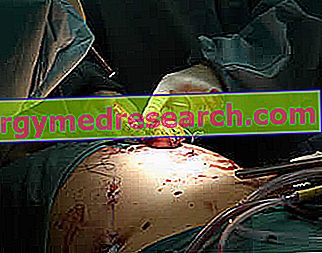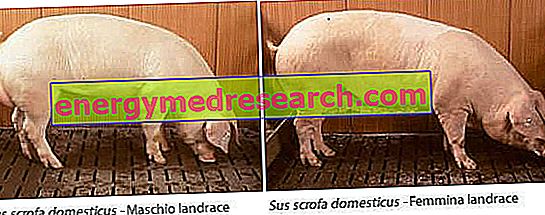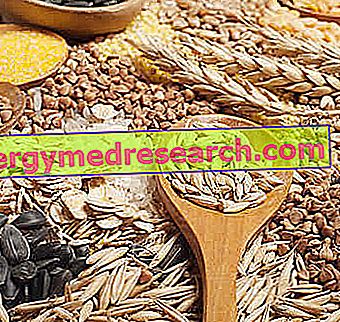
A 2013 study entitled " Stretching and deep and superficial massage do not influence blood levels after heavy-intensity cycle exercise " evaluated the role of passive stretching, deep massages and superficial massages after intense exercise. The kinetics of lactate concentration in the blood was observed above all ([La (-)]) and the results were then compared with those obtained from active and passive recovery.
Nine participants (age 23 ± 1 years; height 1.76 ± 0.02 m; body mass 74 ± 4 kg) performed, on 5 occasions, 8 minutes of exercise at 90% of the maximum oxygen consumption. These were followed by 5 interventions of 10 minutes each (in random order); respectively: active recovery, passive recovery, deep massage, superficial massage and passive stretching. After the interventions he followed 1 hour of recovery. During each session, the following were determined: the maximal voluntary contraction (MVC) of the leg extensor muscles, the blood lactate concentration [La (-)] and the cardio respiratory and metabolic variables.
The results clearly contradicted the hypothesis that both superficial massages and deep massages as well as stretching can reduce lactic acid in the blood as well as other parameters of body fatigue induced by intense physical exercise.
These practices would therefore not be suitable for optimizing recovery times, as they provided data more similar to those of passive recovery, while active recovery proved to be the most effective system for metabolizing catabolites in the blood.



